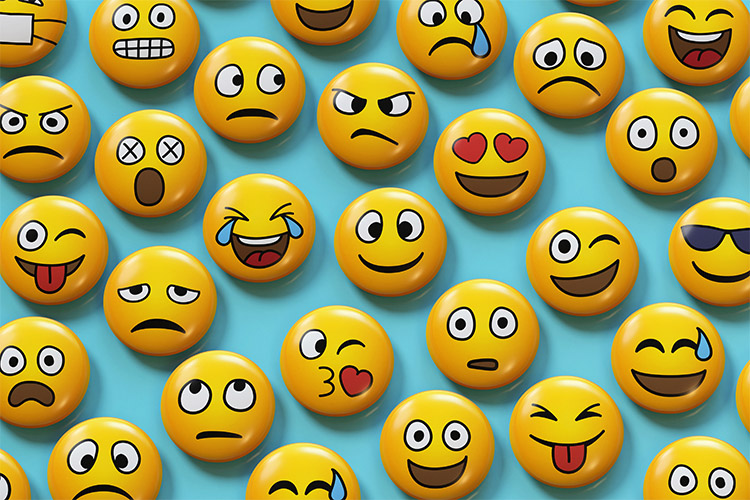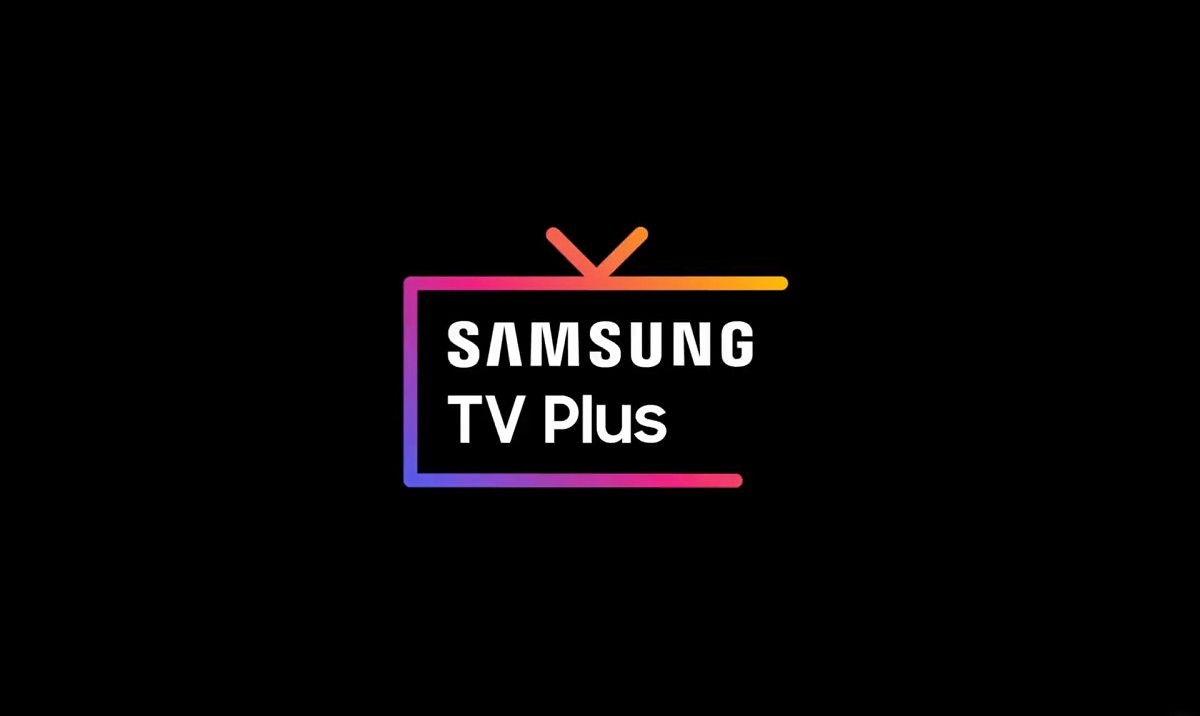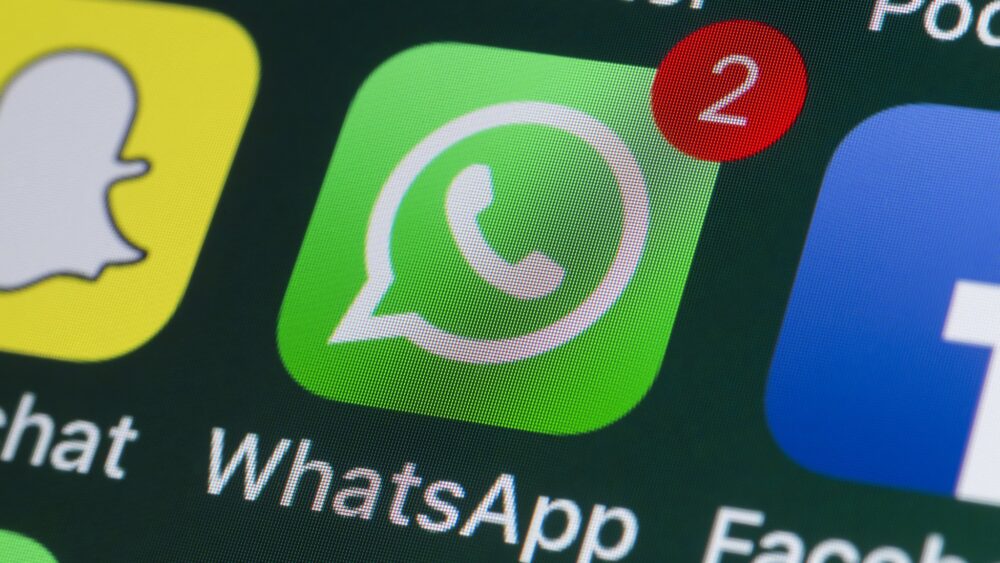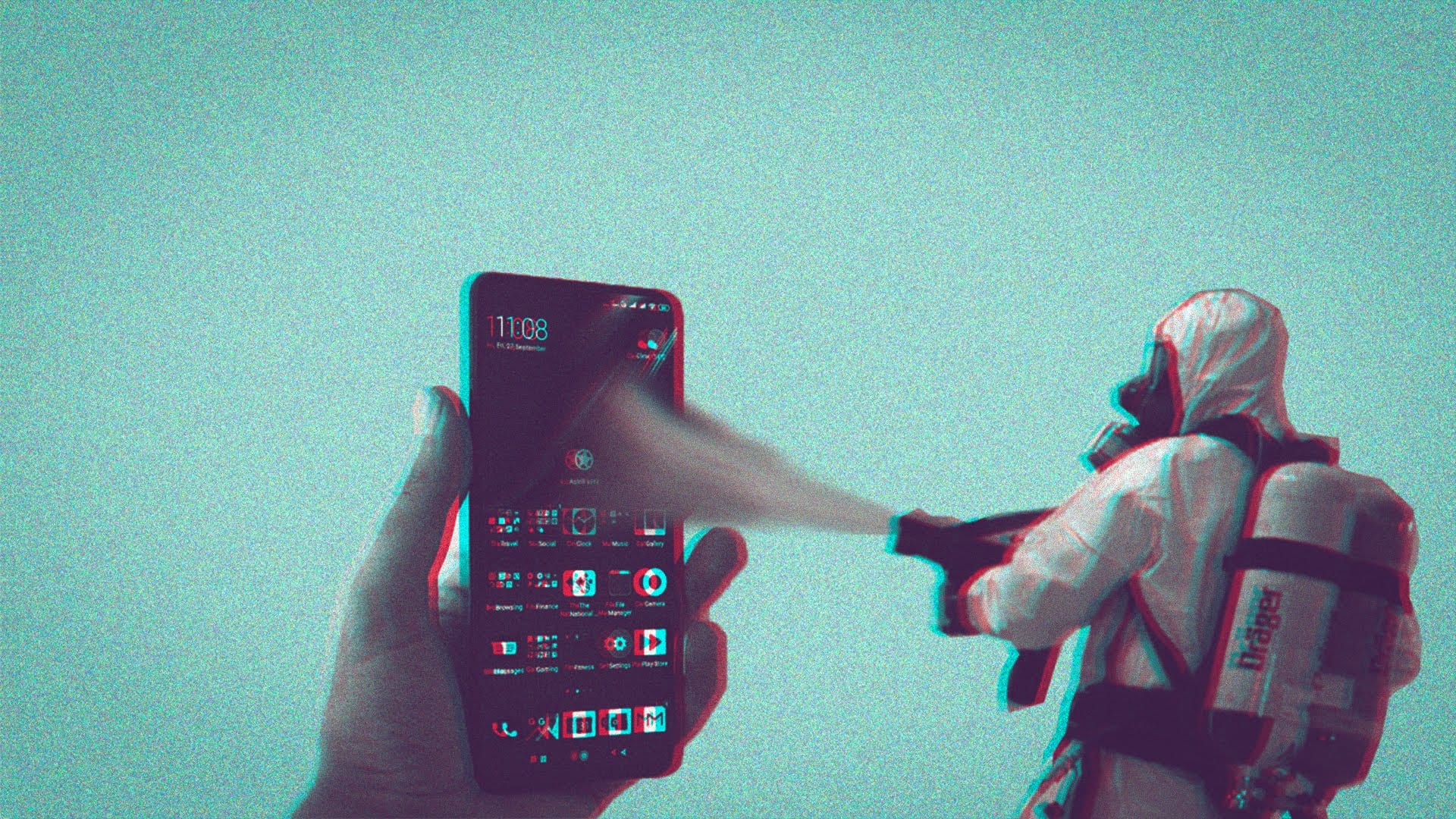In today’s digital age, emojis have revolutionized the way we communicate, allowing us to convey emotions and expressions with just a simple symbol. However, the compatibility issues between different devices, apps, platforms, and emoji versions can sometimes lead to emojis displaying as question marks, causing confusion and misinterpretation. In this article, we will delve into the reasons behind this problem and provide you with practical solutions to reveal the true meaning behind those hidden emojis.
Understanding the Problem
Before we explore the solutions, it’s important to understand why emojis may appear as question marks on your device. Emojis, along with other characters used in messaging, are designed based on Unicode standards. Unicode allows different text characters to combine and form emojis. However, the interpretation of these symbols can vary among different companies and platforms, resulting in differences in appearance and compatibility.
While Unicode aims to translate emojis accurately across platforms, some apps and platforms may interpret emojis differently, leading to inconsistencies in their display. Even within the same app, emojis can look entirely different on various devices. This discrepancy occurs when certain apps or platforms are unable to recognize the symbols behind an emoji, causing them to block it and display a question mark instead.
The Confusion of Blocked Emojis
The issue arises when your device does not support the same emojis as the sender’s device. This can be due to differences in Unicode support between operating systems or outdated apps and platforms. For instance, if you receive emojis from the latest iPhone on an older Android device, you may see a row of question marks instead of the intended emojis.
To help you decode these blocked emojis and reveal their true meaning, there are two useful tools you can utilize: Botmoji and Emojipedia.
Seeking Assistance from Botmoji and Emojipedia
If you encounter emojis displaying as question marks on your device, Botmoji and Emojipedia can come to your rescue. Here’s how you can use them to decode and understand the original emojis:
Botmoji: To seek assistance from Botmoji, follow these steps:
- Copy the symbol representing the unknown emoji.
- Log into your Twitter account.
- Tweet to Botmoji with the following message: “@botmoji What. Is. This. [insert the copied symbol].”
- Botmoji will quickly check with Emojipedia to decode the symbol and present you with the original emoji.
Emojipedia: If you prefer to use Emojipedia directly, follow these steps:
- Copy the symbol representing the unknown emoji.
- Launch your browser and search for Emojipedia.
- Once you reach the Emojipedia website, paste the symbol into the search bar and press the “Go” button on your keyboard.
- Emojipedia will promptly locate the emoji in question and display it in a way that your device can interpret.
Both Botmoji and Emojipedia serve as valuable tools to decipher unreadable emojis and ensure you understand the intended message.
Updating Your Devices for Emoji Compatibility
While Botmoji and Emojipedia can assist in revealing the original emojis, a more reliable solution lies in regularly updating your devices, apps, and platforms. By keeping everything up to date, you can minimize compatibility issues and ensure that emojis are displayed correctly.
In some rare cases, Unicode may struggle to display certain emojis due to variations in devices or platforms. Should you encounter such issues, copying the symbols and pasting them into Emojipedia or reaching out to Botmoji can help you identify the intended emojis. However, updating your devices eliminates the need for these workarounds and provides a seamless emoji experience.
Have you ever faced difficulties displaying emojis correctly? How did you determine the original emoji’s appearance? We would love to hear about your experience in the comment section below. By sharing your stories, you can contribute to a better understanding of emoji compatibility issues and help others navigate through similar challenges.
Conclusion
Emojis have undoubtedly transformed our digital conversations, enabling us to express ourselves in ways that words alone cannot capture. However, the compatibility disparities between devices, apps, platforms, and emoji versions can sometimes lead to emojis displaying as question marks. By understanding the reasons behind this problem and utilizing tools like Botmoji and Emojipedia, you can decode and reveal the true meaning of these hidden emojis. Additionally, regularly updating your devices, apps, and platforms ensures a smoother and more accurate emoji experience. Embrace the power of emojis, and let them enhance your digital communication with clarity and expression.







